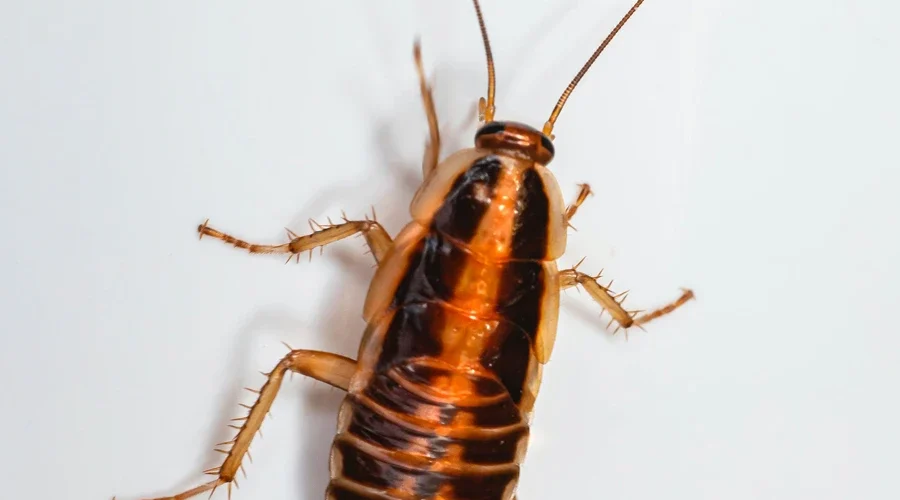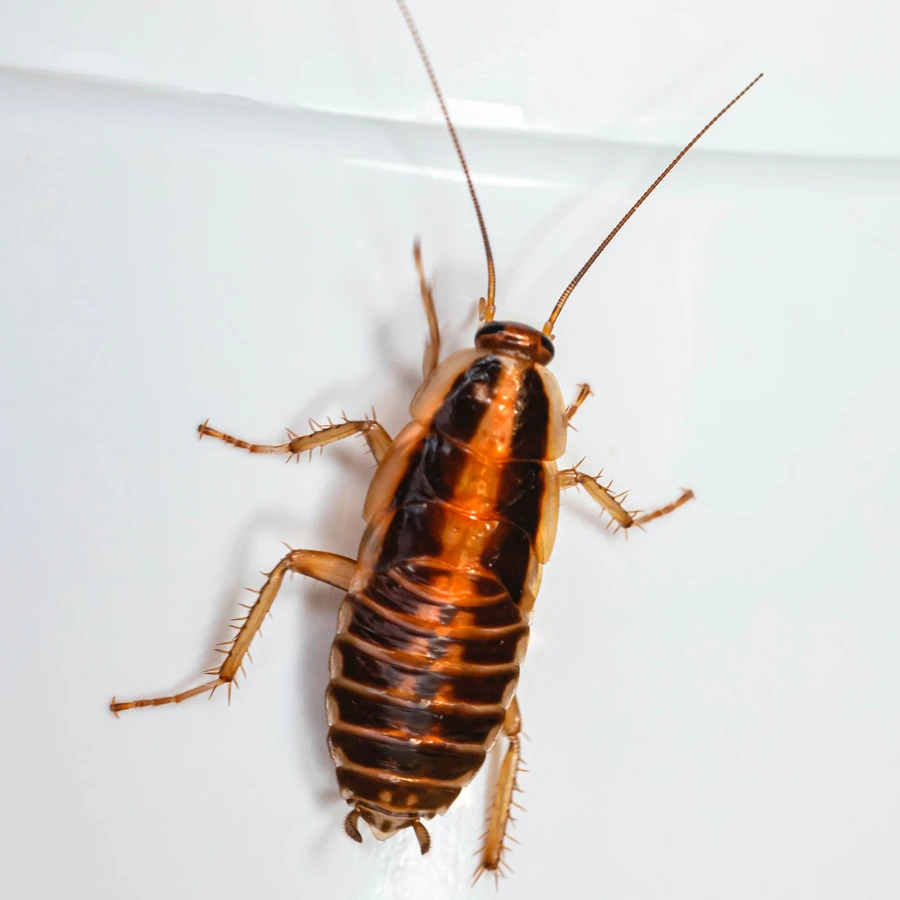Why do Silverfish appear in my home and Should I be concerned?
Why do Silverfish appear in my home and Should I be concerned?
If you’ve ever noticed small, silvery insects darting across your bathroom floor or lurking in dark corners of your house, chances are you’ve encountered silverfish. These pests can be unsettling to find, but what draws them to your home, and should you be worried? Let’s dive into understanding why silverfish appear and what, if anything, you should do about them.

What Are Silverfish?
Silverfish (scientifically known as Lepisma saccharina) are small, wingless insects that get their name from their silvery, metallic appearance and fish-like movements. They have long antennae and a tapered body that allows them to move swiftly, especially when disturbed. These nocturnal creatures are typically about ½ to 1 inch in length and are often found in damp, dark areas of your home.
Why Do Silverfish Appear in My Home?
Moisture Attracts
thrive in moist environments, which is why they are often found in bathrooms, basements, kitchens, or other areas with high humidity. They are drawn to places like leaking pipes, damp basements, and condensation-prone areas.
They Love Starch and Sugars
They Love Starch and SugarsSilverfish have a particular affinity for starchy materials and sugars. They feed on things like books, wallpaper, clothing, cardboard, and even food left out in the kitchen. Items that contain starch, such as paper, glue, and textiles, make your home an inviting space for these insects.
Dark, Quiet Spaces
Silverfish are nocturnal and prefer to stay hidden in dark, undisturbed spaces. They hide in cracks, behind baseboards, and in storage boxes. Their ability to remain out of sight means they can sometimes go unnoticed until their numbers grow.
Should I Be Concerned About Silverfish?
While silverfish are undoubtedly unsettling, the good news is that they are not harmful to humans or pets. They do not bite, sting, or carry diseases. However, there are a few concerns associated with having silverfish in your home:
Damage to Belongings
Silverfish feed on materials that contain carbohydrates, including paper, books, glue, and fabrics. They can damage books, important documents, wallpaper, and clothing. Over time, their presence can lead to considerable damage to these household items.
Allergic Reactions
Though uncommon, some people may be allergic to the dust and droppings left behind by silverfish. This can potentially trigger allergy symptoms, especially for individuals with existing respiratory conditions.
Potential Infestation
Potential InfestationSilverfish can reproduce quickly if left unchecked. While they don’t pose any significant health risk, having a large infestation can become a nuisance, leading to more significant damage to books, stored food, and personal items.
How to Prevent Silverfish
If you want to avoid a silverfish problem, there are a few effective prevention methods:
Control Moisture Levels:
Reduce humidity in your home by using a dehumidifier, fixing any leaks, and ensuring good ventilation in areas like bathrooms and basements.
Remove Food Sources:
Store dry food in airtight containers, and try not to leave papers, books, or clothing on the floor. Clean up crumbs and spills promptly to reduce their potential food sources.
Declutter:
Avoid storing old books, newspapers, and cardboard boxes in damp areas. Decluttering will reduce hiding places for silverfish and make your home less inviting.
Seal Entry Points:
Silverfish often enter through small cracks and crevices. Sealing gaps around doors, windows, and baseboards can help keep them out.
Dealing With an Infestation
If you have noticed silverfish in your home, give us a call. Our dedicated team of professionals will identify any entry points or conducive conditions that may make your home the ideal place for Silverfish. They will go over the most effective treatment plan with you.
Final Thoughts
Silverfish are not dangerous, but they can be a nuisance, especially if they damage books, clothing, or other household items. By reducing moisture, sealing entry points, and decluttering your home, you can make your house a less attractive place for silverfish to thrive.
If you’re dealing with a few silverfish here and there, there’s no need to panic. However, if you start noticing more of these pests or signs of damage, taking action to reduce their numbers and prevent further issues is a wise choice. With the right approach, you can keep your home silverfish-free and enjoy peace of mind.




